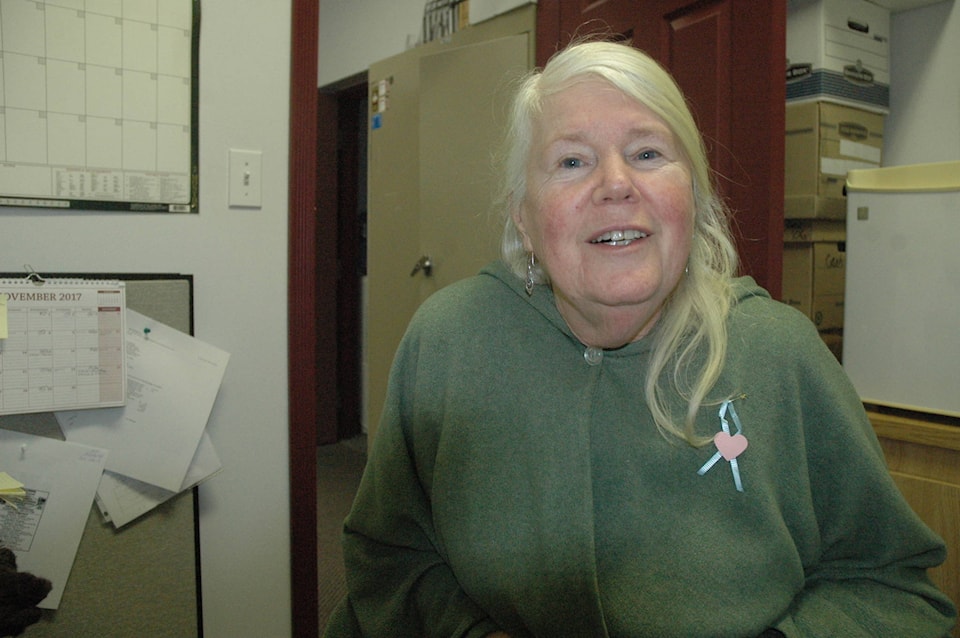Children have a right to have a voice and to be heard, according to Mary Dolan.
Dolan, a spokeswoman for the Children & Family Council of the Cowichan Region and Communities, said too many children have no voice regarding issues which affect them directly.
“Many children feel unsafe, but they have thoughtful ideas and if given an opportunity, they can give voice in shaping public policy which affects their lives,” she said.
Nov. 20 was National Child Day and it marks Canada’s signing on to the U.N. Convention of the Rights of the Child in 1992.
To highlight Canada’s decision to sign the convention, “heartstrings” have been created and distributed in the Valley for the past 15 years in an ongoing awareness campaign initiated by the Growing Together Child & Parent Society.
“We are urging the community to shine a light on children’s rights and have them entrenched into community values,” Dolan said.
“Income equality must be addressed so that parents can provide the basics, such as regular nutritious meals, to their families. Affordable and high-quality child care and early learning are also keys to reducing poverty.”
Katie Taylor, chairwoman of the board at SickKids Foundation, said the well being of Canadian children must become society’s first priority.
“As adults, we have the responsibility to advocate and act on their behalf because transforming their lives directly impacts our shared future,” she said.
“When children know their rights, they can become aware of and understand their responsibilities which go along with those rights.”
Joanna Neilson, a speech-language pathologist at Duncan’s Hear-Say Unlimited, said more than 51, 000 of B.C.’s 340,000 children under the age of six have a variety of identifiable characteristics that put them in the “at risk” category of normal development.
“They are more likely to have difficulty learning, communicating, socializing and self regulating,” Neilson said.
“If they don’t get the the supports and training they need to overcome these difficulties early in life, they will likely struggle in school, have difficulty with social relationships throughout their lives and be less than gainfully employed. They are also at increased risk for physical and mental health problems.”
Neilson said that in B.C., only about two per cent of at-risk young children who need support services are currently receiving them.
Laura Court, from Duncan’s Growing Together Child and Parent Society, pointed out that the Cowichan Valley has the highest child poverty rate in B.C.
“Children have the right to nutritious food and healthy life,” she said.
“Children also have the right to explore, dream, imagine and create. These basic rights can be addressed through poverty reduction strategies and policies in the areas of public health, housing, employment and education.”
Ada Mawson, an early childhood education teacher for 27 years, added that the most critical time of a child’s development is at the very beginning of their lives.
“If we support them in their early years, we will provide them with a solid foundation for their future,” she said.
Dolan said the non-profit Children First Canada organization recently completed a national study in which the children surveyed ranked bullying, mental health and better support for those living in poverty as their top concerns.
“I encourage people to check out www.everychild.ca for more information,” she said.
“There’s so much written on this issue, it’s almost overwhelming.”
robert.barron@cowichanvalleycitizen.com
Like us on Facebook and follow us on Twitter
